Deadheading is an easy task that helps your flowers bloom longer.
It means removing old, faded flowers so the plant focuses on growing new ones instead of seeds. This keeps your garden neat and full of color.
You don’t need special tools, just scissors or your fingers.
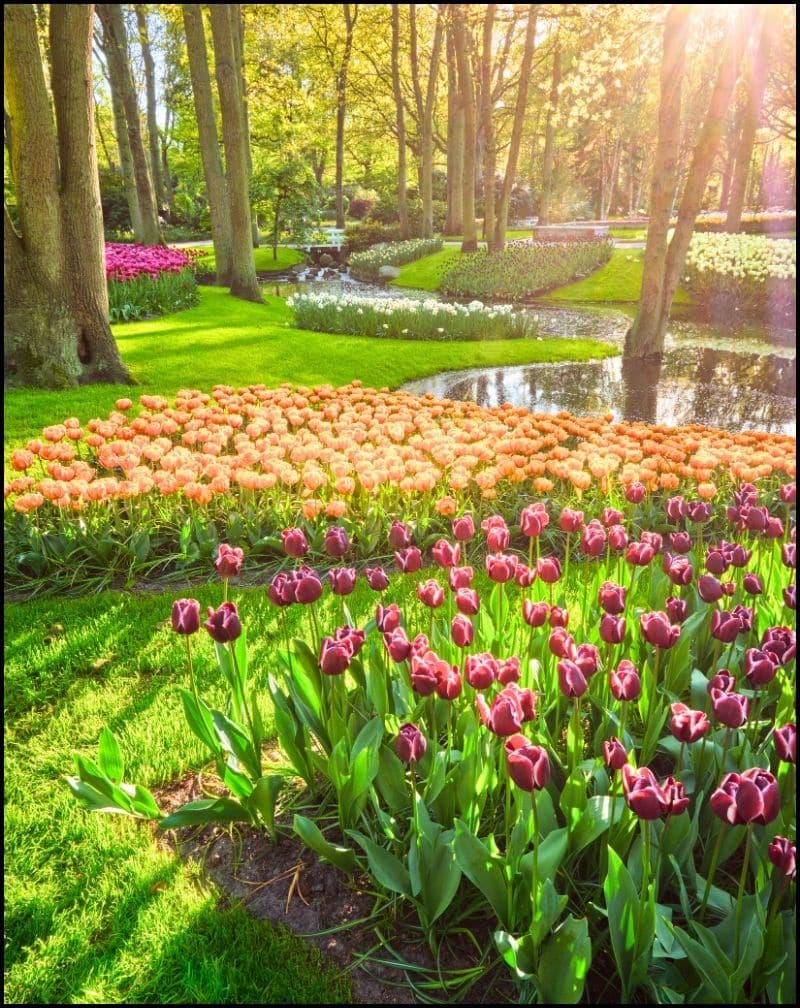
Flowers That Really Benefit from Deadheading
Here are some of the best flowers that respond best to deadheading:
1. Petunias
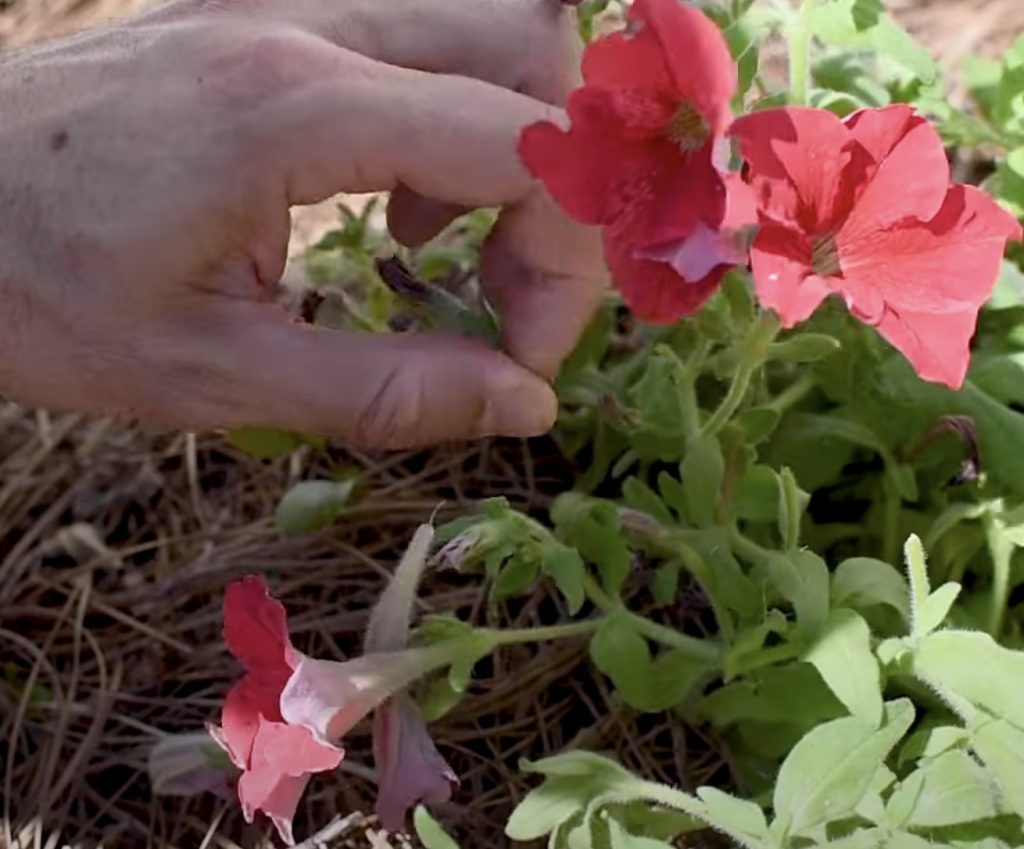
Petunias are beloved for their bright, abundant blooms all summer long.
However, if you let the faded flowers stay, petunias tend to get leggy and sparse.
Deadheading encourages the plant to stay compact and produce more blossoms.
How to deadhead: Simply pinch or snip off the faded flower just above the first set of healthy leaves or buds. Be gentle to avoid damaging the new growth.
2. Zinnias
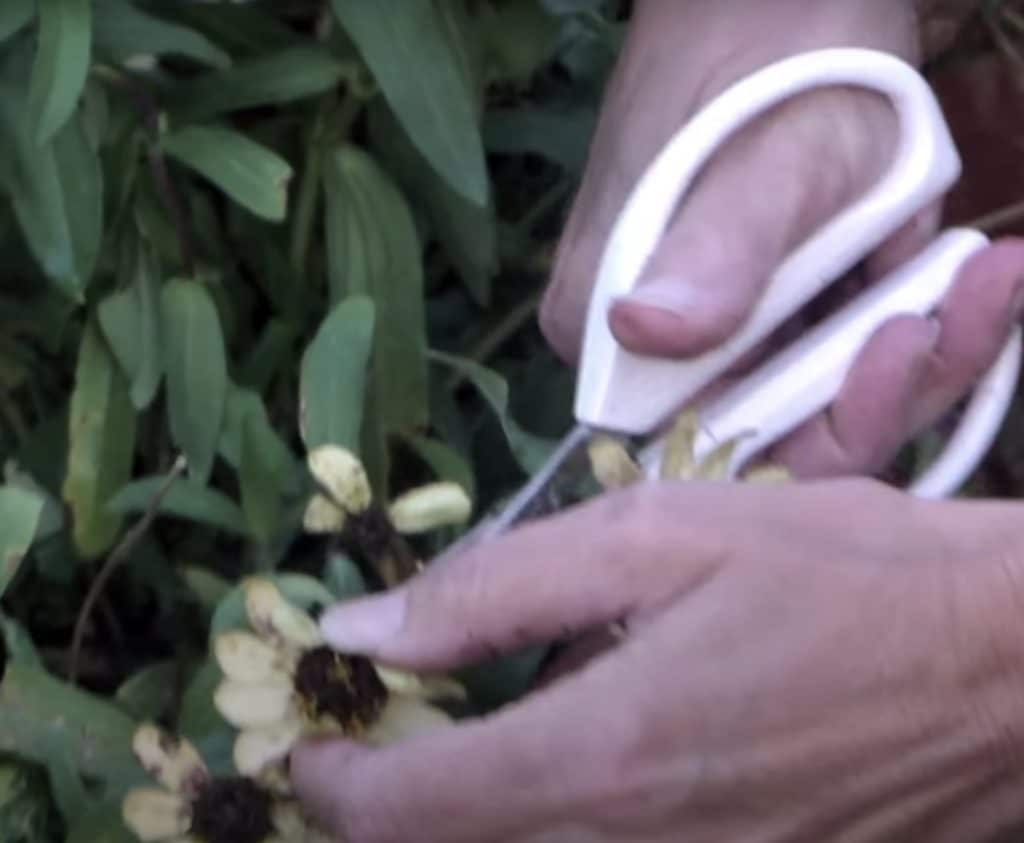
Zinnias are a garden favorite, known for their vibrant colors and ability to bloom into fall.
Deadheading keeps zinnias producing thick clusters of flowers instead of wasting energy on seed pods.
How to deadhead: Use scissors or fingers to cut back the old flower stem just above a leaf node or branch to encourage new shoots.
3. Geraniums (Pelargoniums)
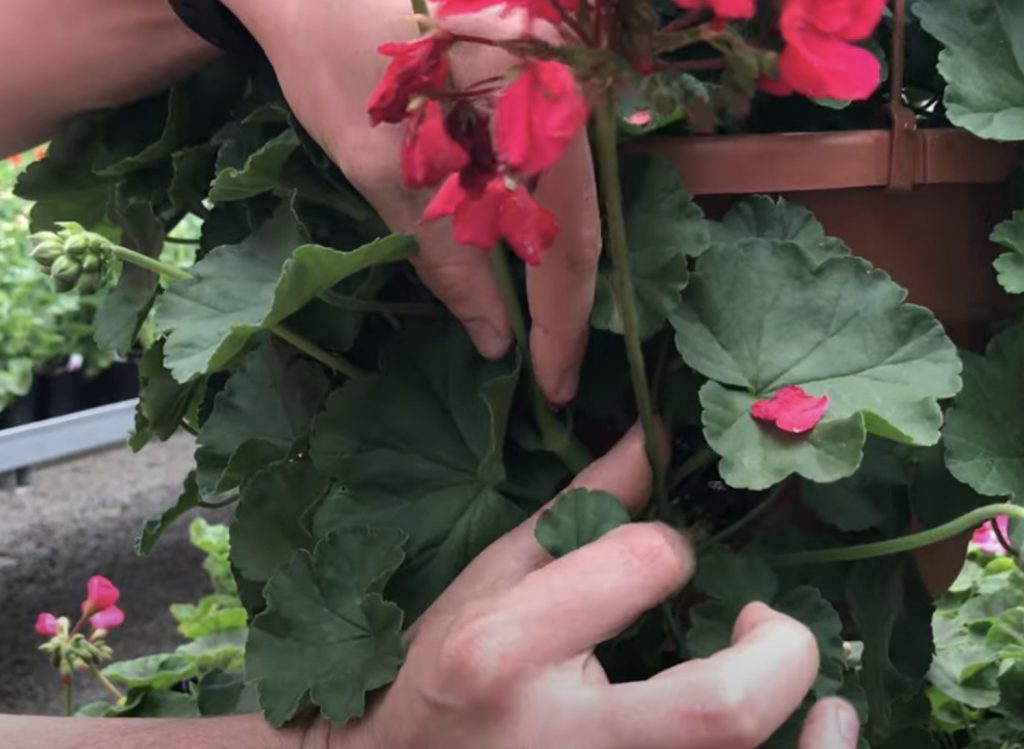
Geraniums, especially zonal and ivy types, bloom heavily but need some help staying tidy.
Deadheading stops seed production, allowing the plant to put all its energy into creating new flowers.
How to deadhead: Cut off old flowers and flower stems near the main stem with clean scissors.
4. Marigolds
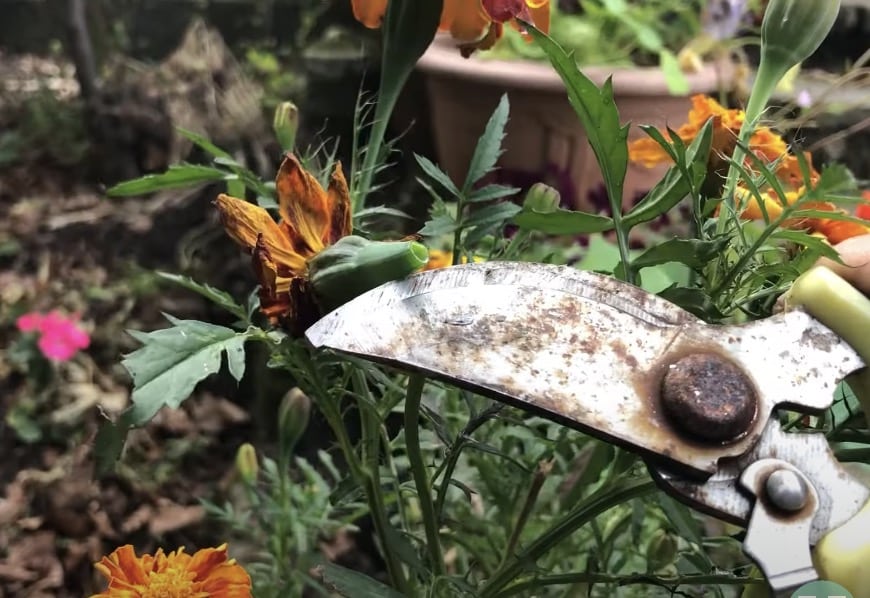
Marigolds are tough, cheerful plants that bloom nonstop when deadheaded regularly.
Removing spent blooms helps reduce problems like mildew and prevents the plant from going to seed too early.
How to deadhead: Pinch or cut flower heads off just above a leaf or branching point to keep the plant flowering strongly.
5. Cosmos
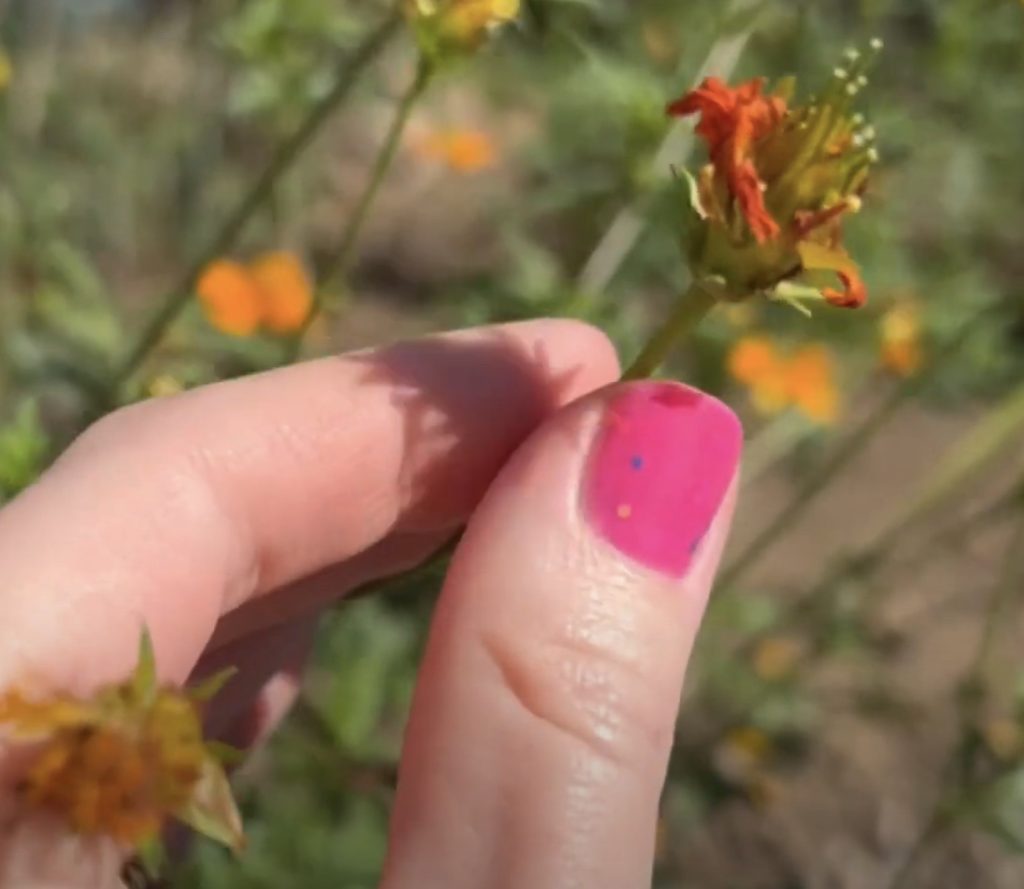
Cosmos are light and airy flowers that bloom all summer.
Their blooms are delicate and easy to deadhead, even by hand.
Deadheading encourages a fresh wave of flowers to keep your garden colorful.
How to deadhead: Pinch off faded flowers with your fingers close to the stem, removing the entire spent bloom.
6. Coneflowers (Echinacea)
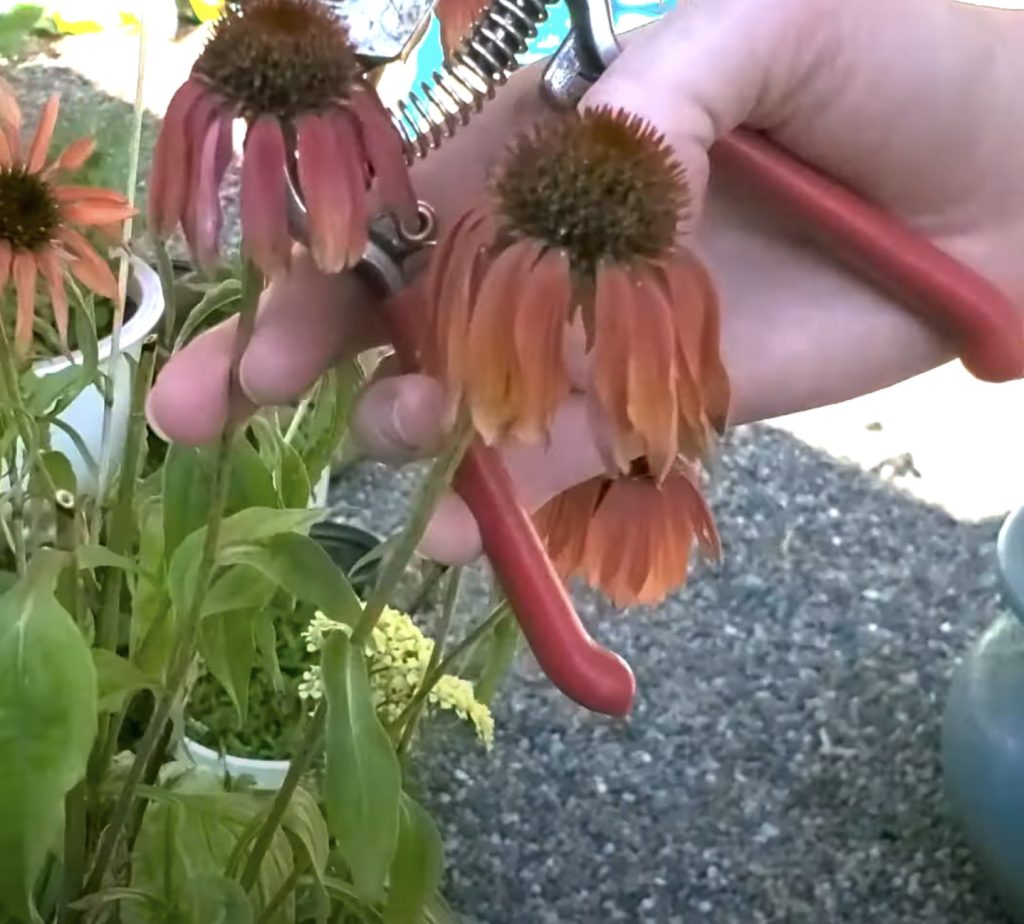
Coneflowers reward deadheading with bigger, better blooms early in the season.
Later in the year, many gardeners leave the dried flowers for birds to enjoy the seeds.
How to deadhead: Cut back spent flowers to the first set of healthy leaves or side shoots to encourage new flowering stems.
7. Blanket Flower (Gaillardia)
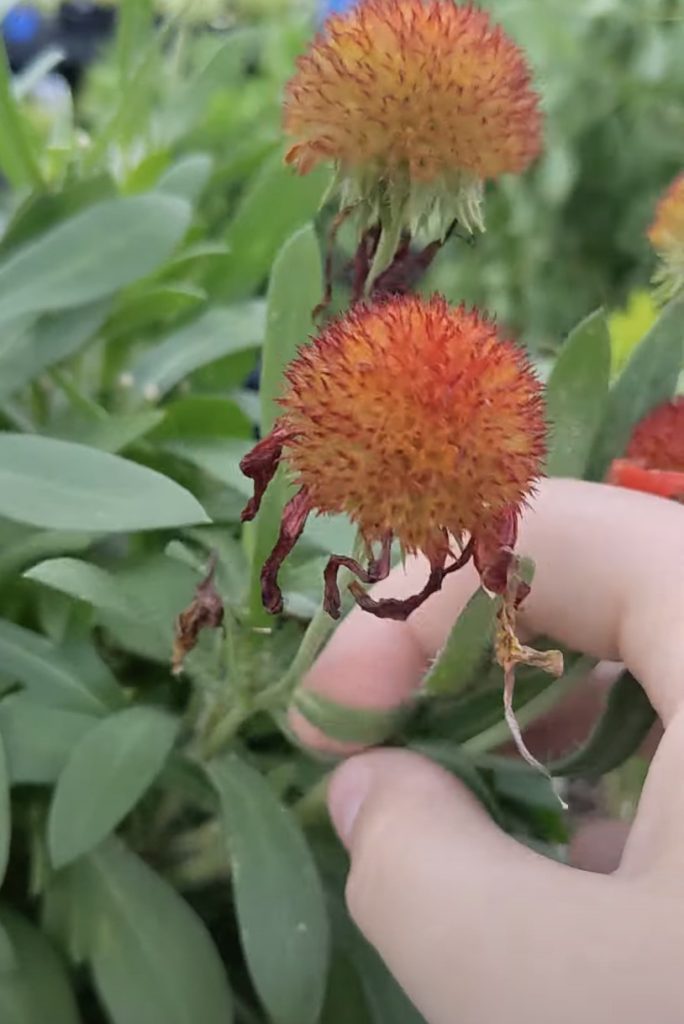
Gaillardias bloom longer and stay healthier when deadheaded often.
Removing spent blooms prevents disease and promotes continuous flowering.
How to deadhead: Snip off dead flowers just above the next set of leaves or buds.
8. Snapdragons
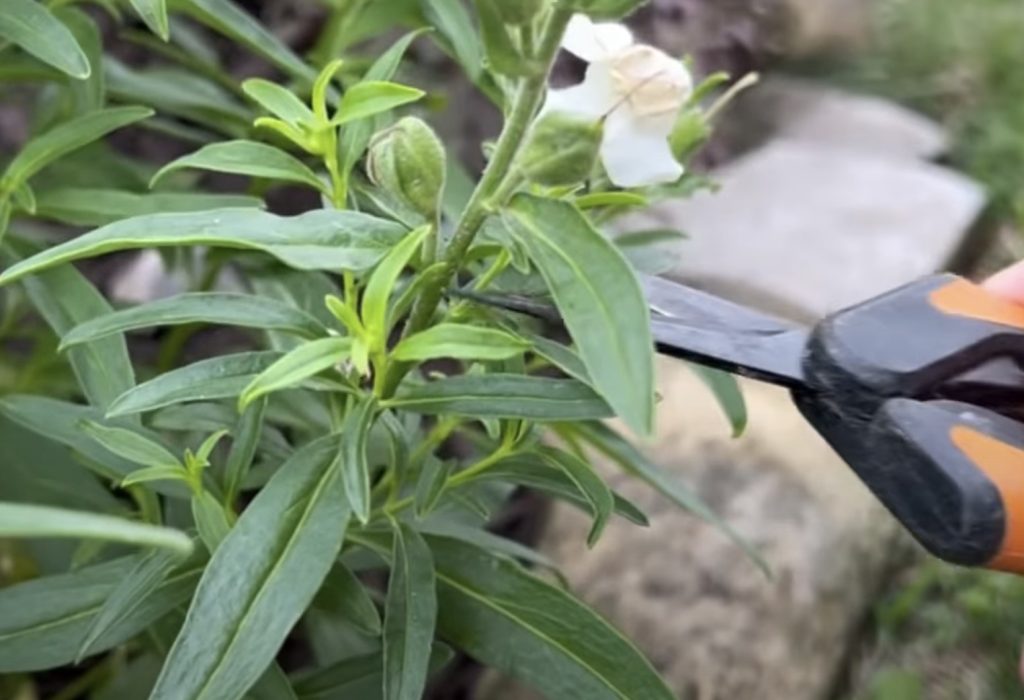
Snapdragons produce more flowers and avoid getting leggy when you deadhead regularly.
They respond well to this simple pruning.
How to deadhead: Pinch or cut off faded flowers right above a leaf node or just where new buds are forming.
Flowers That Don’t Need Deadheading
Some flowers take care of their own cleanup or don’t benefit from deadheading.
For these, manual removal of old flowers isn’t necessary, saving you time (and the plant stress).
1. Impatiens
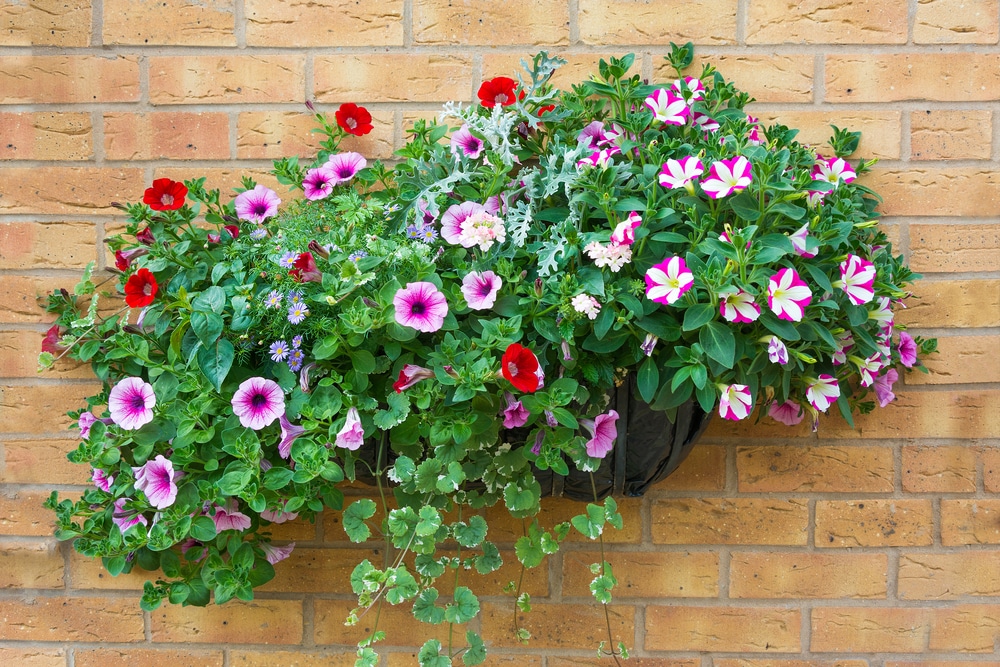
These shade-loving plants naturally shed their old blooms, so deadheading isn’t needed.
They keep flowering steadily without extra fuss.
If plants get leggy, simply trim back to maintain shape.
2. Begonias (Most Types)
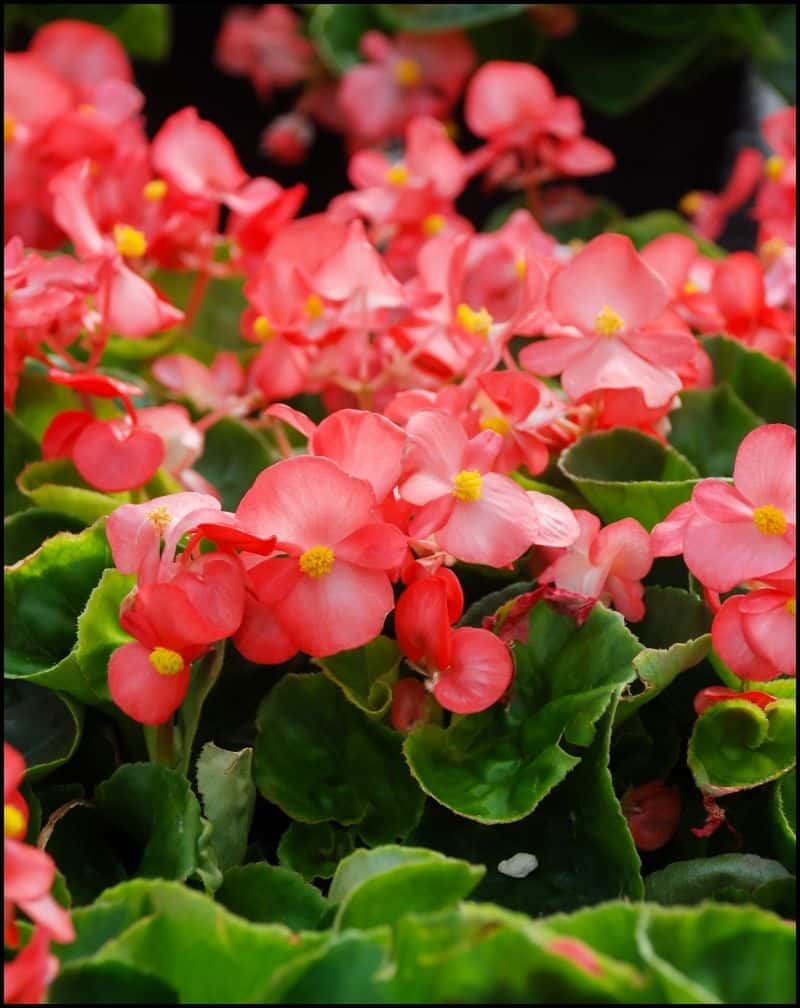
Tuberous and wax begonias bloom continuously without deadheading.
They’re low-maintenance flowers that thrive on minimal intervention.
Trim only to remove crowded or damaged growth.
3. Vinca (Periwinkle)
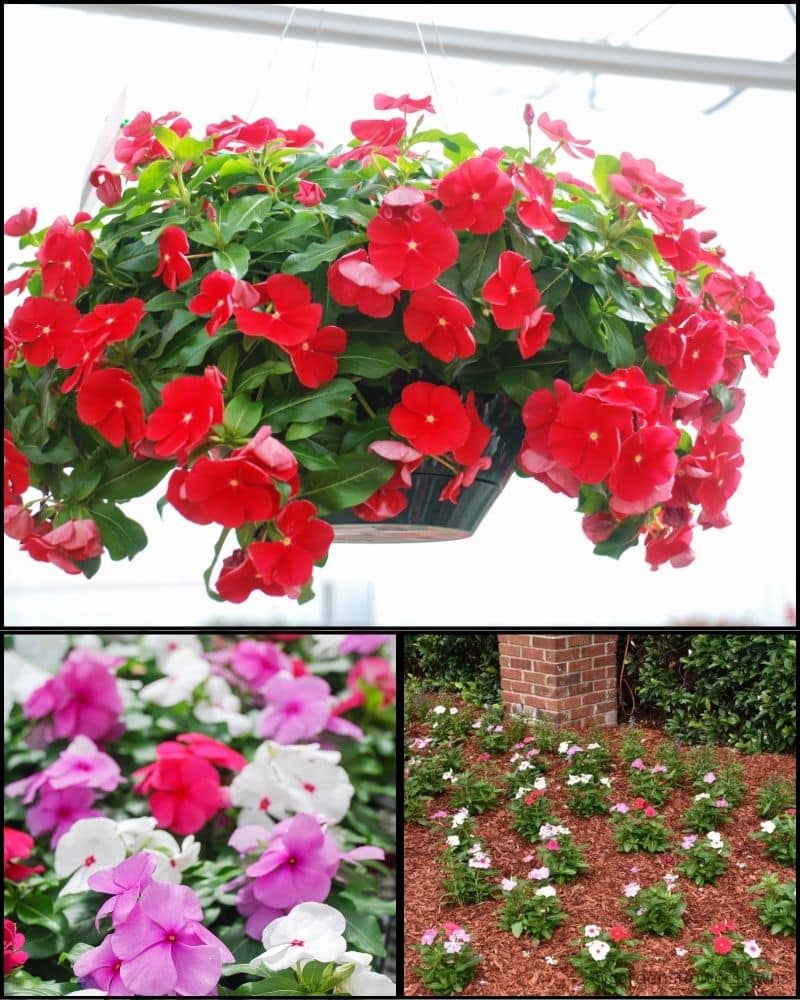
Vinca drops its old flowers on its own, and deadheading can sometimes harm this vigorous grower.
Note that it can be invasive in some areas, so keep an eye on its spread.
Light pruning for shape is enough.
4. Lobelia
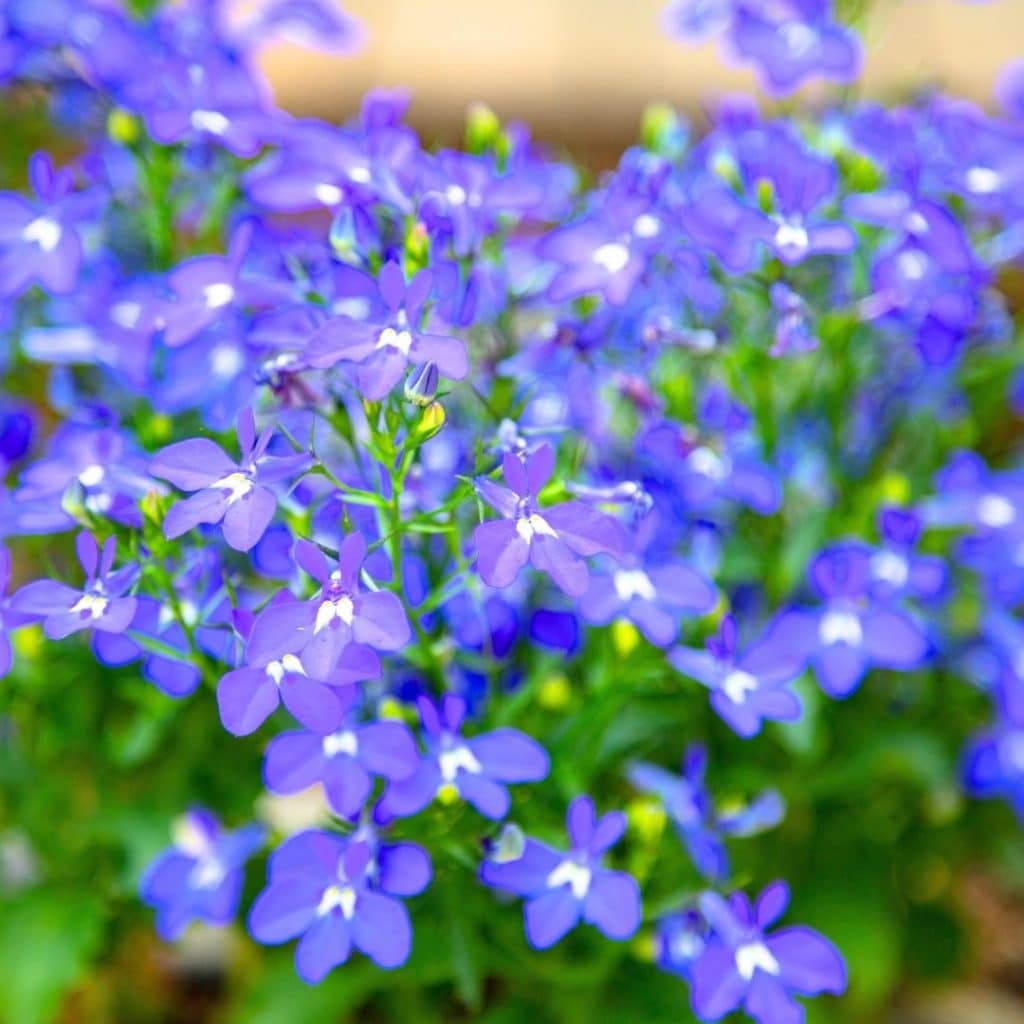
Lobelias typically self-clean, so you don’t need to deadhead.
A light trim can be done if the stems get too long or sparse.
Pinch back only to keep plant full and compact.
5. Sweet Alyssum
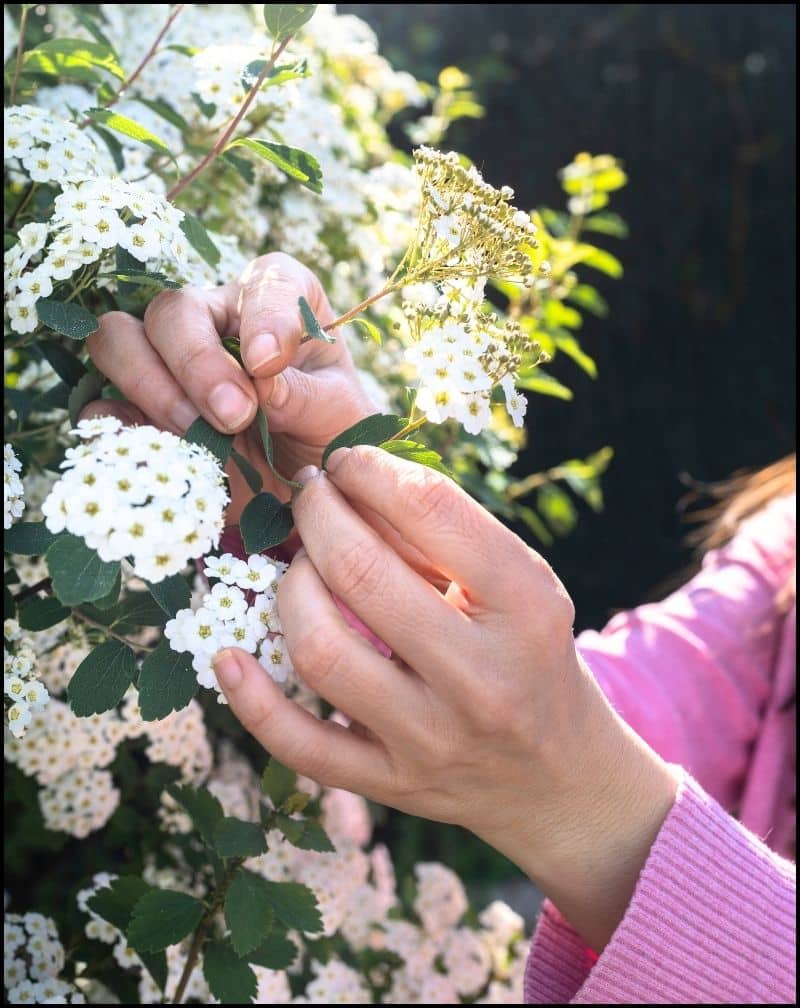
Sweet alyssum prefers light shearing over deadheading.
A quick trim encourages new growth and keeps it looking fresh.
Trim lightly when plants start to look tired or overgrown.
6. Black-eyed Susan
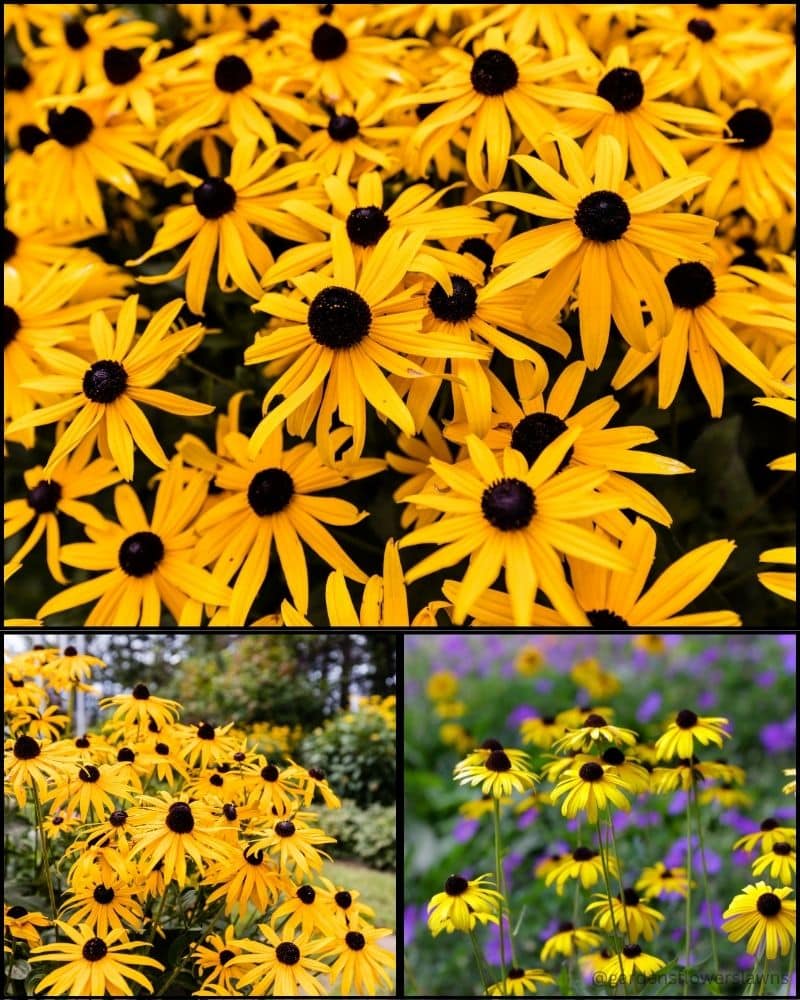
Black-eyed Susans naturally drop spent flowers and don’t require deadheading.
Leaving old blooms can provide seeds for birds and add winter interest.
Cut back plants in late fall or early spring to prepare for new growth.
Deadheading Basics

- Timing is everything. Wait for flowers to fully fade but deadhead before seeds mature for best results.
- Use clean tools or your fingers. Avoid tearing stems by making clean cuts.
- Dispose of old flowers properly. Throw spent blooms away from your garden to keep pests and diseases at bay.
- Be patient and consistent. Deadheading takes practice, but once you get the hang of it, it’s a quick and rewarding habit.
- Stay gentle. Some plants have fragile stems, so handle carefully to avoid damage.
Deadheading is a small task that can lead to a big payoff.
While not every flower needs it, the ones that do will reward you with brighter colors, more blooms, and a neater garden all season long.
Knowing which plants benefit and how to do it properly will keep your yard vibrant and flourishing.